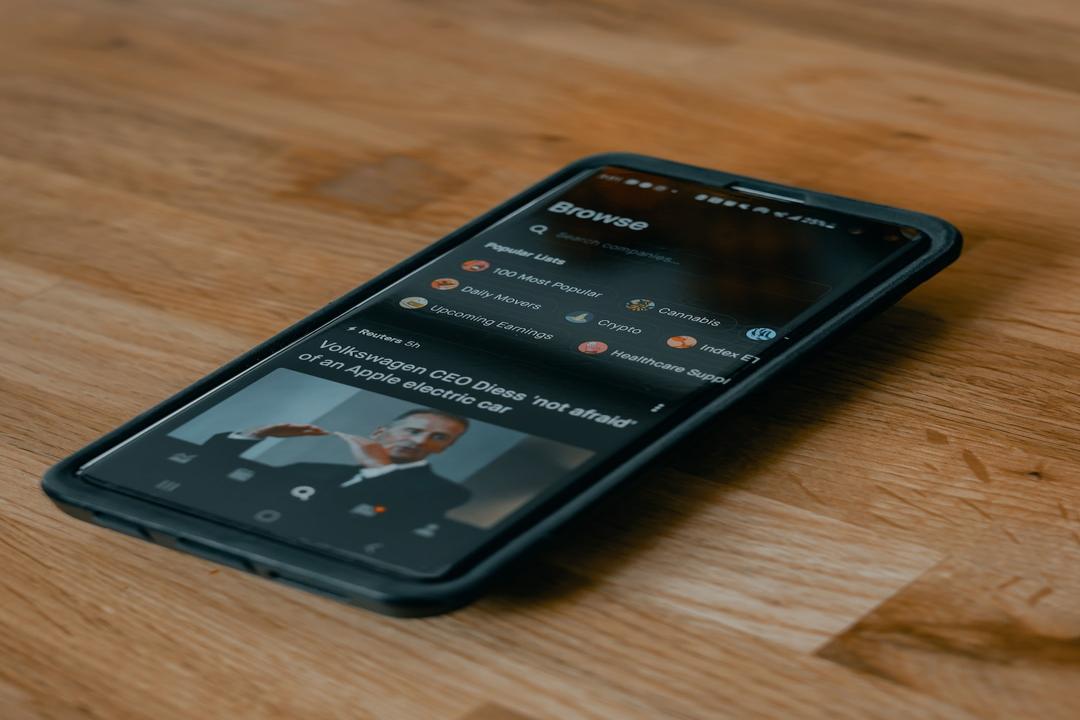Original | Odaily Planet Daily
Author | Azuma

On May 2nd, the cross-chain interoperability protocol LayerZero officially announced that Snapshot #1 of the first phase had been completed and more information would be released soon.
As one of the most anticipated potential airdrop projects in the community, this brief announcement from LayerZero was interpreted by the community as “the airdrop snapshot is complete, and something big is coming”.
On May 3rd, LayerZero officially announced that an important announcement would be made that evening to “demonstrate continuous trust in community members”. However, just as the community speculated whether LayerZero would announce detailed airdrop rules, the announcement from LayerZero turned out to be a heavy blow to all users – the tokens were indeed going to be distributed, but multiple rounds of witch screening activities needed to be conducted first.
Table of Contents
Toggle
Background of the airdrop: six million users
Rules for witch judgement
Rounds of witch screening
The largest witch cleansing activity in history?
According to the official document, when LayerZero was devising the token distribution plan, a key factor to consider was how to determine the best user cluster. In LayerZero’s view, the best users should be the most “persistent” users, and “persistence” is defined as those who are most likely to continue using LayerZero in the future or continue their past usage habits.
On the evening of May 2nd, Bryan Pellegrino, co-founder of LayerZero, replied to the community on X, stating that based on all the networks covered by LayerZero, the actual total user base of the protocol was about 5.8 million addresses. The official announcement last night disclosed that the current total user base of LayerZero is nearly 6 million addresses.


Combining with airdrop cases in the industry, having over a million addresses is already considered a large-scale distribution. Therefore, for LayerZero, it is necessary to reduce the scope of the airdrop through mechanism design or witch screening, in order to distribute tokens to potential users in a way that aligns with the project’s expectations.
In the official information released by LayerZero, specific screening details have not been provided for now (possibly to prevent witches from checking themselves and affecting the effectiveness of the “self-exposure” stage mentioned later). Only a few examples of interactive behaviors that may be considered witch-like have been listed, and Bryan also provided some supplementary explanations on his personal X account regarding certain cases.
In short, interactive behaviors that may lead to an address being judged as a witch include:
Being a single person or entity and using dozens, hundreds, or thousands of addresses for batch interactions;
Creating a “worthless” NFT for cross-chain transfer of NFTs between different chains;
Using commonly used “witch brushing” applications such as Merkly, L2 Pass, L2 Marathon;
Transferring extremely small amounts (e.g. $0.01) between different networks to leave interaction records;
If you think you are a witch, then you are likely a witch.
Regarding the judgment of using tools like Merkly, some users questioned that this move might lead to a large number of “false positives”. Bryan replied, “If you are a genuine user and have used Merkly to reduce gas fees, you may not be considered a witch. But if you are only using Merkly to transfer assets back and forth, then you may be a witch.”


According to the official disclosure from LayerZero, the witch cleansing activity will be conducted in three rounds.
The first round is the “self-exposure” stage, which will last for 14 days. Users who suspect themselves of being witches can “self-expose” through the window provided by LayerZero during this stage to reserve 15% of the airdrop allocation.
It is worth mentioning that, in order to facilitate the “self-exposure” of studios, LayerZero also thoughtfully provided an API tool for mass address submissions.


The second stage is the “judgment” stage, in which LayerZero will conduct witch screening according to specific rules. The screening results will be announced on May 18th, and addresses identified during this stage will not receive any airdrop allocation.
The third stage is the “mutual accusation” stage, which will last from May 18th to May 31st. LayerZero encourages community users to report witch behaviors to each other. Successful reporters will receive a 10% airdrop allocation of the reported address.
Based on the disclosed schedule by LayerZero, it is highly likely that the governance token of the protocol will be officially issued after the “mutual accusation” stage ends on May 31st, so the expected issuance date should be in June.
For users eagerly awaiting the LayerZero airdrop, they will need to endure a full month of witch cleansing activities before receiving the final rewards. Considering the huge user base of LayerZero itself, combined with the reusability of the witch label in different projects, the witch cleansing activity being initiated by LayerZero may not only be the largest witch cleansing activity in history but its screening results may also have a profound impact on potential airdrops of other projects in the future.
Join the official Odaily community Telegram subscription group:
https://t.me/Odaily_News
Telegram discussion group:
https://t.me/Odaily_CryptoPunk
Official Twitter account:
https://twitter.com/OdailyChina
Link to the original article:

